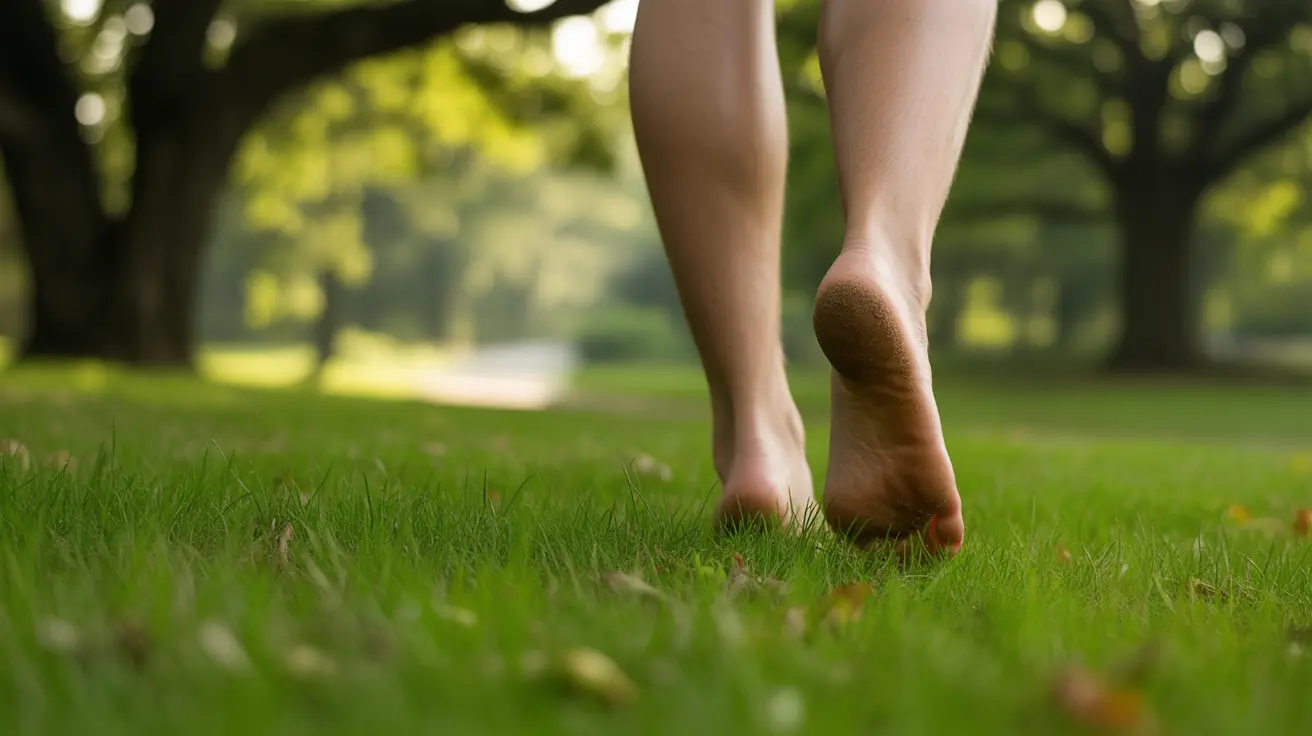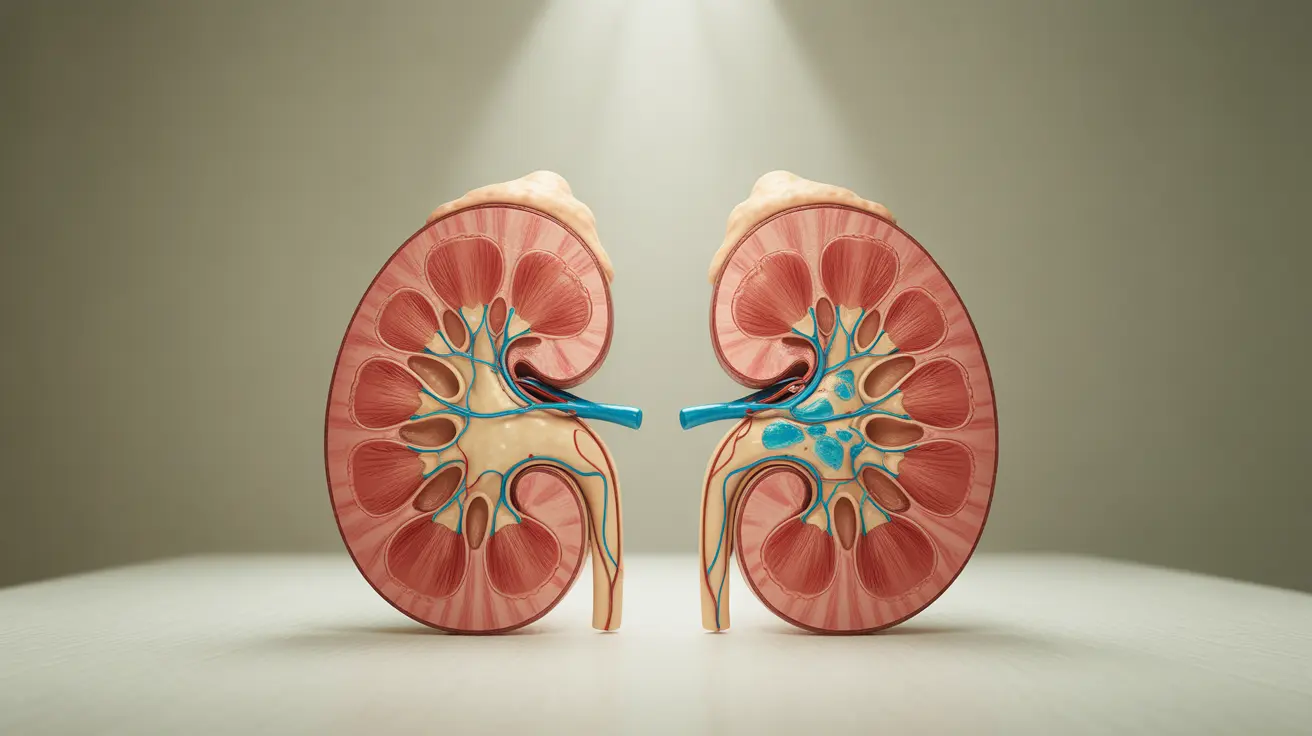Walking barefoot, also known as "earthing" or "grounding," is more than just a simple act of removing your shoes. This ancient practice has gained renewed attention for its potential health benefits and connection to overall well-being. From improving foot mechanics to reducing stress, going shoeless may offer surprising advantages for your body and mind.
In this comprehensive guide, we'll explore the science-backed benefits of walking barefoot and how this natural practice might enhance your health. We'll also discuss important safety considerations and practical tips for incorporating barefoot walking into your daily routine.
Understanding the Science Behind Barefoot Walking
When your bare feet make direct contact with the earth, they interact with the ground's natural electric charge. This connection potentially allows for the transfer of free electrons from the earth into your body, which may help neutralize harmful free radicals and reduce inflammation.
Additionally, walking barefoot engages the numerous nerve endings in your feet, strengthening the neural pathways between your feet and brain. This enhanced sensory input can improve balance, proprioception, and overall body awareness.
Physical Benefits of Going Barefoot
Improved Foot Mechanics and Strength
Walking barefoot allows your feet to move naturally, without the constraints of shoes. This freedom of movement can:
- Strengthen foot muscles and arches
- Improve toe spread and flexibility
- Enhance natural gait patterns
- Promote better weight distribution
- Increase foot mobility and dexterity
Enhanced Balance and Posture
Regular barefoot walking can significantly impact your overall posture and stability. The direct ground contact helps:
- Activate small stabilizing muscles
- Improve balance and coordination
- Align the spine more naturally
- Reduce dependency on artificial support
Mental and Emotional Benefits
Stress Reduction and Mood Enhancement
The practice of walking barefoot, particularly in natural settings, can have profound effects on mental well-being. Research suggests it may:
- Lower cortisol levels
- Promote relaxation
- Improve sleep quality
- Increase feelings of connectedness to nature
- Reduce anxiety and tension
Safe Barefoot Walking Practices
Choosing Appropriate Surfaces
When starting a barefoot walking practice, it's important to choose suitable surfaces:
- Grass and sand (ideal natural surfaces)
- Smooth stones or pebbles
- Clean, debris-free paths
- Indoor surfaces for beginners
Gradual Transition Tips
To safely incorporate barefoot walking into your routine:
- Start with short duration (5-10 minutes)
- Begin on soft, safe surfaces
- Gradually increase time and surface variety
- Listen to your body's feedback
- Keep feet clean and inspect regularly
Frequently Asked Questions
What are the main health benefits of walking barefoot, and how does it affect the body?
Walking barefoot can strengthen foot muscles, improve balance, enhance posture, and potentially reduce inflammation through grounding. It affects the body by stimulating nerve endings in the feet and allowing natural movement patterns to develop.
How can walking barefoot help reduce stress and improve mood?
Barefoot walking can reduce stress by promoting direct contact with the earth's natural electrons, which may help regulate cortisol levels. The sensory experience and connection with nature can also trigger the release of mood-enhancing hormones.
Are there any risks or precautions I should take when walking barefoot, especially on different surfaces?
Yes, be cautious of sharp objects, extreme temperatures, and contaminated surfaces. Always inspect walking areas, start on safe surfaces, and gradually build tolerance. People with diabetes or compromised immune systems should consult healthcare providers first.
Can walking barefoot help alleviate pain and improve foot mechanics, and if so, how?
Yes, barefoot walking can help alleviate pain by strengthening foot muscles, improving circulation, and promoting natural alignment. It allows feet to move as nature intended, potentially reducing strain on joints and muscles throughout the body.
How often should I walk barefoot to experience the benefits of grounding, and are there any specific techniques to follow?
Aim for 15-30 minutes of barefoot walking daily, starting with shorter durations. Focus on maintaining good posture, walking mindfully, and choosing appropriate surfaces. Morning or evening sessions on grass or sand can be particularly beneficial.




